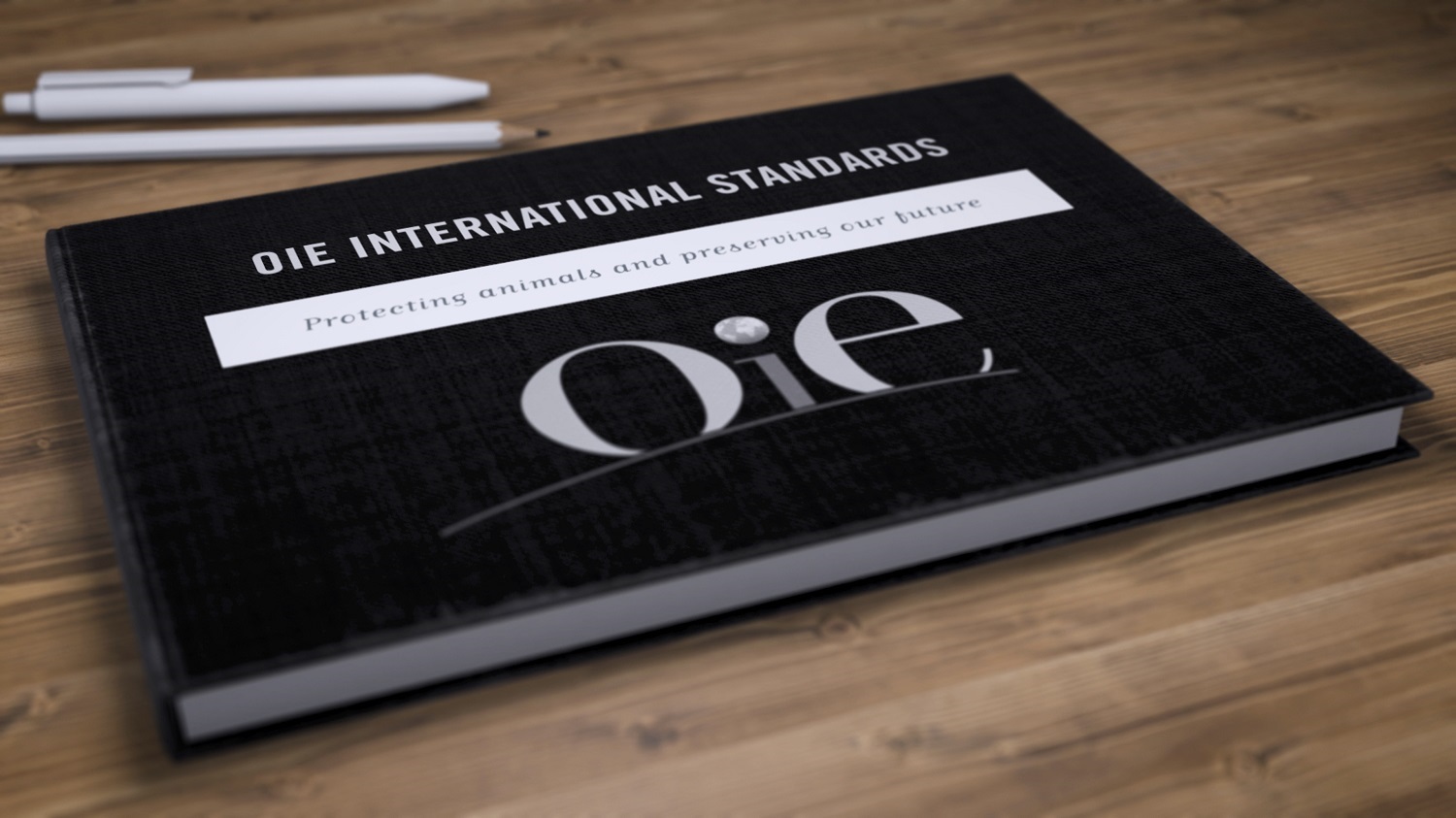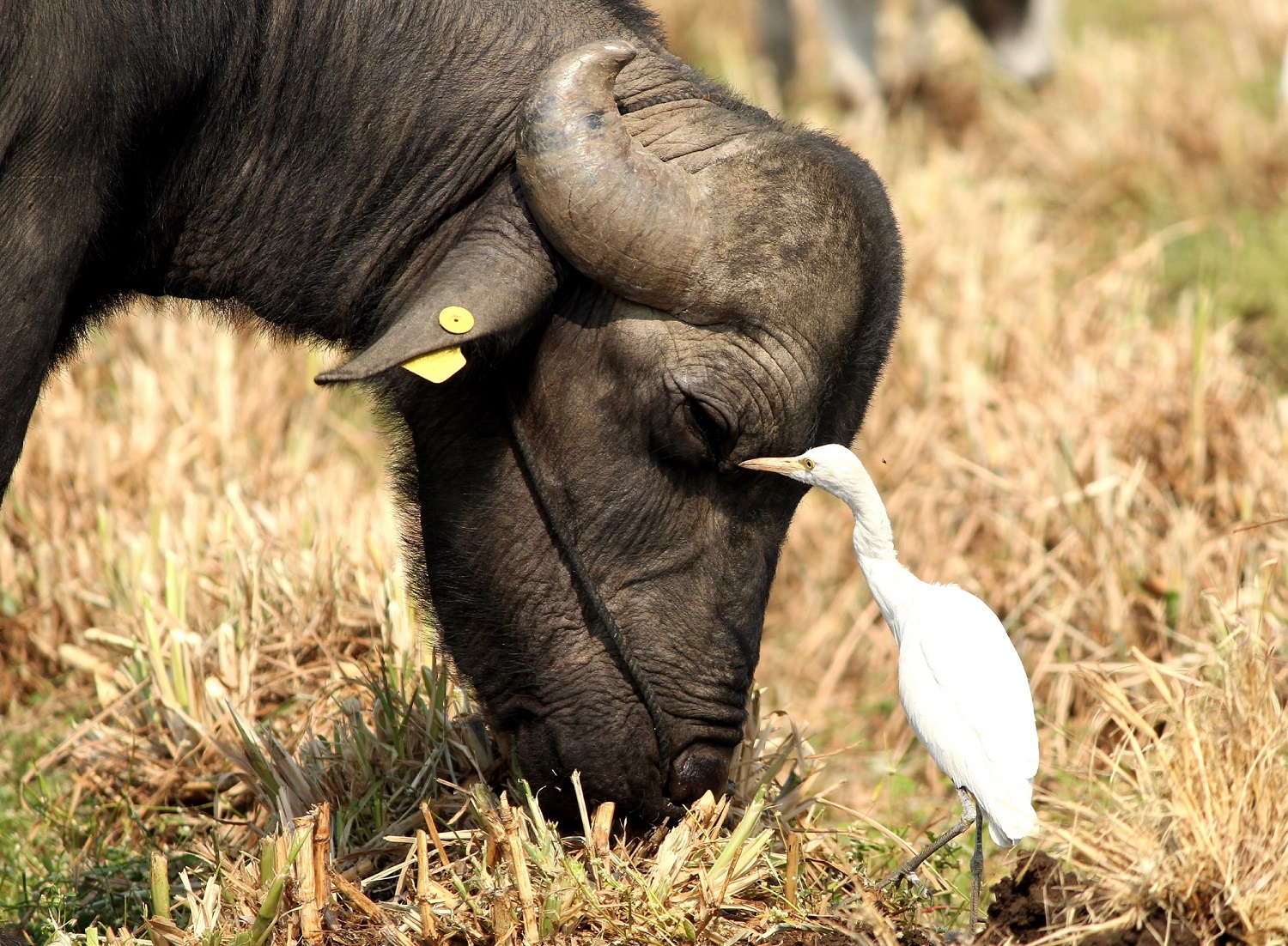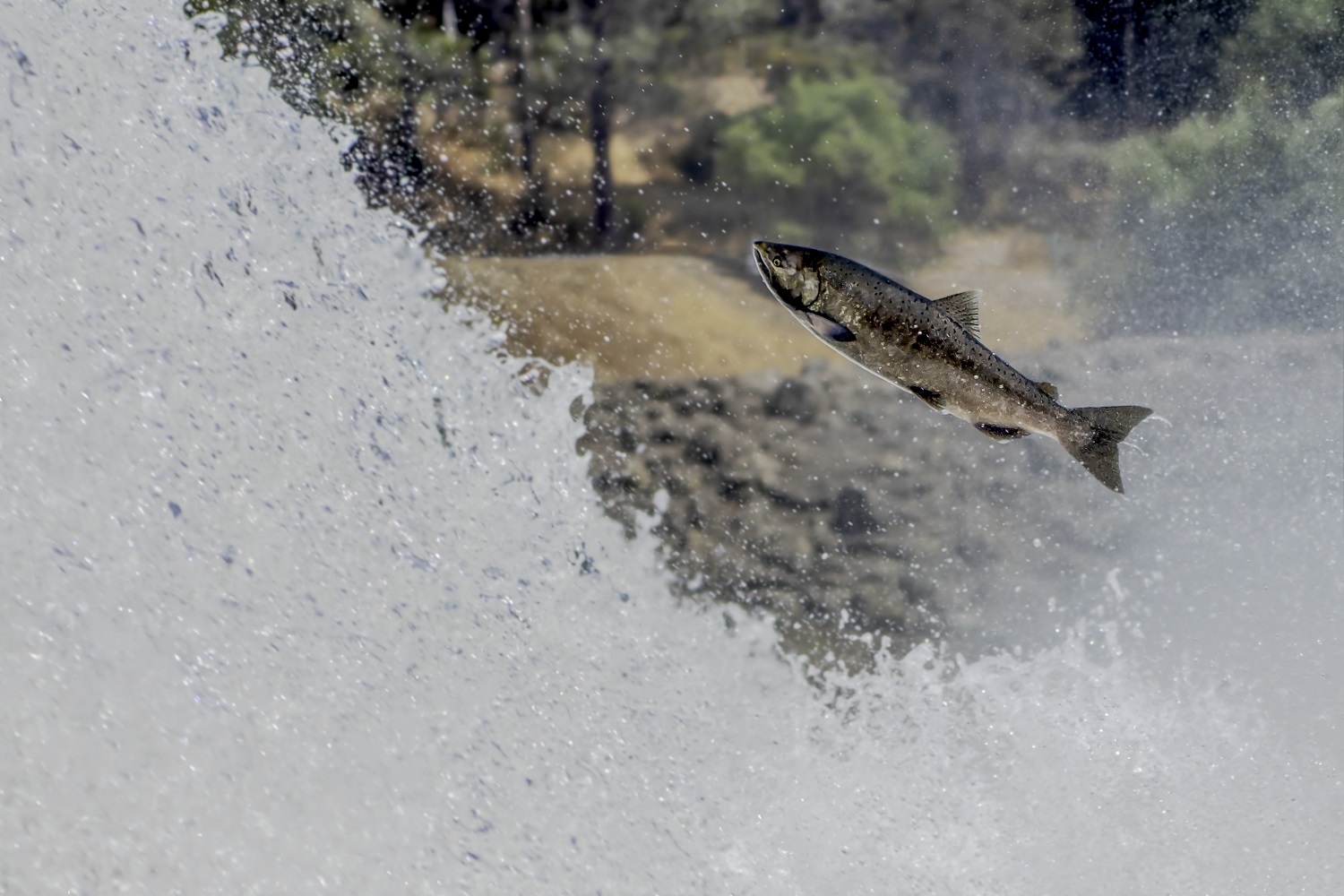


MOSCOW/August 9/. World Organisation for Animal Health (OIE) International Standards on diagnostic tests and vaccines for terrestrial and aquatic animals have been translated into Russian for the first time, and can be found on the websites of the OIE Regional Representation for Europe and Rosselkhoznadzor.
“Translations of the OIE International Standards were performed by Rosselkhoznadzor staff and provided to the OIE Regional Representation for Europe in Moscow as Russia’s contribution to international cooperation, and in order to provide supporting guidance essential for veterinary professionals in Russian-speaking countries. This is a significant event, since knowledge compiled in the OIE manuals can now be obtained by both Russian citizens and the EAEU and CIS countries”, said Deputy Head of Rosselkhoznadzor Konstantin Savenkov.
“This is an important event, and it represents a huge contribution by Rosselkhoznadzor to the improvement of animal health services and support of daily activities of veterinary professionals in Russia and in many other European countries,” noted the Regional Representative of the OIE Regional Representation for Europe Dr Budimir Plavsic. He added that the OIE Manuals of Diagnostic Tests and Vaccines have been designed for practical use, and are now available in Russian-speaking countries for laboratories, vaccine manufacturers and veterinary regulatory authorities.
The seventh edition of the Manual of Diagnostic Tests and Vaccines for Terrestrial Animals was published on the website of the OIE Regional Representation for Europe. This edition includes four parts:
A California Chinook Salmon Jumps into a waterfall during spawning season
A translation of the OIE Manual of Diagnostic Tests for Aquatic Animals has also been published. This edition includes three parts:
Rosselkhoznadzor and OIE will continue to work together to periodically update the manuals of diagnostic tests and vaccines in accordance with new decisions of World Assembly of Delegates.
Rosselkhoznadzor and OIE will continue to work together to periodically update the manuals of diagnostic tests and vaccines in accordance with new decisions of World Assembly of Delegates.
For reference
The OIE Manuals of Diagnostic Tests and Vaccines for Terrestrial and Aquatic Animals have been designed for veterinary laboratories carrying out veterinary diagnostic tests and surveillance, plus vaccine manufacturers and veterinary regulatory authorities.
The main objective of standards is to provide veterinary professionals with knowledge of internationally agreed diagnostic laboratory methods and requirements for the production and quality control of vaccines and other biological products.
The first editions of Terrestrial and Aquatic Manuals were published in 1989 and 1995 respectively. Each successive edition has extended and updated the information provided.
The OIE is recognized as a reference organization by the World Trade Organization (WTO) for international standards relating to animal health and zoonoses. The OIE publishes two Animal Health Codes (for terrestrial and aquatic animals) and two Manuals of Diagnostic Tests and Vaccines (for terrestrial and aquatic animals) as key reference books for WTO members.


